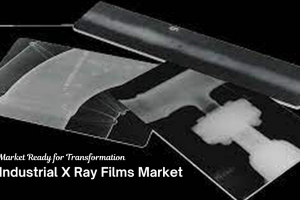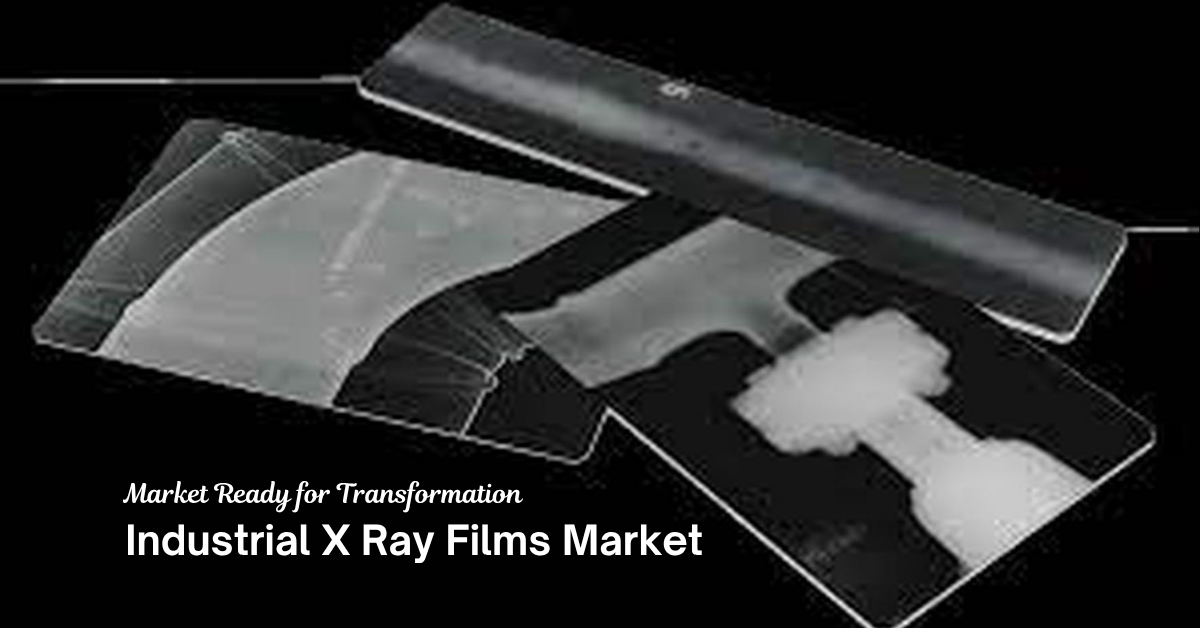The latest market report published by Credence Research, Inc. “Global Radar Absorbing Materials Market: Growth, Future Prospects, and Competitive Analysis, 2017 – 2030”. The Global Radar Absorbing Materials Market generated revenue of around USD 945.6 Million in 2022 and is anticipated to grow a CAGR of over 6.8% during the forecast period from 2023 to 2030 to reach around USD 1498.6 Million in 2030.
Their primary strength is the versatility of radar absorption materials in design and uses across the electromagnetic spectrum. Materials that absorb radar employ magnetic and resistive components. Electric and magnetic materials are typically necessary to lessen the radar cross-section. Radar-absorbing materials leave less of a trace when they are detected. Examples of radar-absorbing materials and structures include iron ball paint, foam absorbers, and Jaumann absorbers. Additionally, the growing need for radar-absorbing coatings in the automotive industry will likely boost demand. The global radar absorbing materials market is bifurcated into resin type, application, and geography.
Based on resin type, the market is categorized into epoxy, polyurethane, polyimide, and others. On the basis of application, the global market is segmented into Aerospace & defense, automotive, and others. Based on geography, the market is segmented as North America, Europe, Asia Pacific, Latin America, and the Middle East and Africa.
In 2022, North America dominated the global radar absorbing materials market and accounted for a major market revenue share in terms of value. This increase may be attributed in large part to the fact that the United States is home to several of the world’s most prominent aircraft manufacturers. Growth of the radar absorbing materials coating market is expected to be fueled by rising U.S. military and defense spending.
The Radar Absorbing Materials Market opportunities are vast and promising. With the increasing demand for advanced radars in various applications such as defense, aerospace, and automotive industries, the need for effective radar absorbing materials is also growing rapidly. The development of new technologies in this field is creating numerous business opportunities for companies that specialize in manufacturing these materials. Advancements in nanotechnology have led to the production of highly efficient radar-absorbing materials with lightweight properties and improved electromagnetic absorption capabilities.
Several growth factors, including:
- Growing demand from defense and aerospace industries: The defense and aerospace industries are the largest consumers of radar absorbing materials. The increasing global military spending and growing demand for high-tech defense systems are driving the growth of the radar absorbing materials market.
- Advancements in technology: The development of new and innovative RAM materials, such as meta-materials and graphene-based composites, is driving the growth of the market. These materials offer better performance and higher absorption rates than traditional RAM materials, which is driving demand.
- Increasing use in civilian applications: The use of radar absorbing materials is not limited to military and aerospace applications. The materials are also finding increasing use in civilian applications, such as automotive, telecommunications, and construction industries. This is driving the growth of the market.
- Government regulations: Governments around the world are increasingly focusing on reducing the radar cross-section (RCS) of military and civilian aircraft to improve their stealth capabilities. This is driving the demand for radar absorbing materials and is expected to continue to drive growth in the market.
- Growing awareness of the benefits of RAM: As more industries become aware of the benefits of using radar absorbing materials, the demand for these materials is expected to grow. These benefits include reduced RCS, improved stealth capabilities, and increased protection against electromagnetic interference.
Why to Buy This Report-
- The report provides a qualitative and quantitative analysis of the global radar absorbing materials market by segments, current trends, drivers, restraints, opportunities, challenges, and market dynamics with the historical period from 2018-2021, base year- 2022, and forecast period 2023-2030.
- The report contains information related to the competitive landscape like how the key players in the market are operating at a global, regional, and country level
- In-depth analysis of the global radar absorbing materials market segmentation based on resin type, application, and region.
- Major countries in each region with their import/export statistics
- The global radar absorbing materials market report also includes analyzing the global, regional, and country levels, key market trends, significant players analysis, market growth strategies, and key application areas.
Browse Full Report: https://www.credenceresearch.com/report/radar-absorbing-materials-market
Visit: https://www.credenceresearch.com/
Related Report: https://www.credenceresearch.com/report/healthcare-supply-chain-management-market
Related Report: https://www.credenceresearch.com/report/tablet-market
Browse Our Blog https://www.linkedin.com/pulse/radar-absorbing-materials-market-expected-generate-revenue-singh
Browse Our Blog: https://tealfeed.com/radar-absorbing-materials-market-expected-generate-limvf








